Computational Medicine

Professor Rebecca Shipley awarded OBE
Professor Rebecca Shipley has been recognised in the Queen's Birthday Honours 2021 for services to the Development of the Continuous Positive Airways Pressure Device during the pandemic.

Professor Shipley among 2021's top 50 women in engineering
Professor Rebecca Shipley was named in The Women's Engineering Society (WES) 2021 Top 50 Women in Engineering: Engineering Heroes, recognising the substantial contributions of women engineers.

Sugar makes cancer light-up in MRI scanners
A new breakthrough technique for detecting cancer by imaging the consumption of sugar with magnetic resonance imaging (MRI) has been unveiled by UCL scientists.
Our work
We draw on many disciplines to enable our research, including physics, mathematics, biology, chemistry, computer science, engineering and statistics. Many of our projects lie at the intersection of biomedical imaging, mathematical modelling and machine learning.
Our experts




Dr Andrew Guy
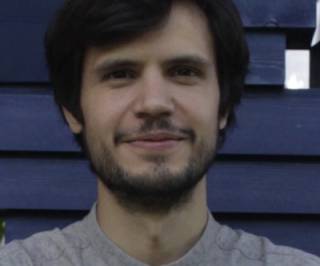
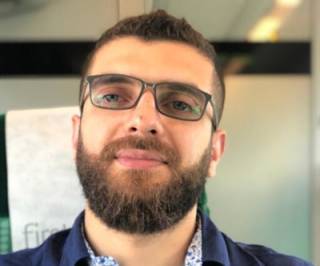

- PhD Students
- Emmeline Brown
- Grant Lauder
- Lucie Gourmet
- Emre Doganay
- Hannah Coleman
- Shawn (Li) Zhongwang
- James (Jie) Lam
- Affiliated Members
- Claire Walsh
- Dr Paul Sweeney
Selected Publications
- d'Esposito A, Sweeney P, Shipley R, Walker-Samuel S, et al. Computational fluid dynamics with imaging of cleared tissue and of in vivo perfusion predicts drug uptake and treatment responses in tumours. Nature Biomedical Engineering, 2018, 2:773–787.
- Walsh CL, Walker-Samuel S, Brown E, Holroyd N, et al. Imaging intact human organs with local resolution of cellular structures using hierarchical phase-contrast tomography. Nat Methods. 2021 Dec;18(12):1532-1541.
- Gourmet LE, Walker-Samuel S. The role of physics in multiomics and cancer evolution. Front Oncol. 2023 Mar 17;13:1068053.
- Holroyd NA, Walsh C, Gourmet L, Walker-Samuel S. Quantitative Image Processing for Three-Dimensional Episcopic Images of Biological Structures: Current State and Future Directions. Biomedicines. 2023 Mar 15;11(3):909.
- West H, Sweeney P, Walker-Samuel S, Shipley RJ, et al. A mathematical investigation into the uptake kinetics of nanoparticles in vitro. PLoS One. 2021 Jul 22;16(7):e0254208.
- Berg M, Holroyd N, Walsh C, Walker-Samuel S, Shipley R, et al. Challenges and opportunities of integrating imaging and mathematical modelling to interrogate biological processes. Int J Biochem Cell Biol. 2022 May;146:106195.
- Roberts TA, Hyare H, Walker-Samuel S, et al. Noninvasive diffusion magnetic resonance imaging of brain tumour cell size for the early detection of therapeutic response. Sci Rep. 2020 Jun 8;10(1):9223.
- Breen-Norris JO, Walsh C, Walker-Samuel S, et al. Measuring diffusion exchange across the cell membrane with DEXSY (Diffusion Exchange Spectroscopy). Magn Reson Med. 2020 Sep;84(3):1543-1551.
- Jafree DJ, Walsh CL, Walker-Samuel S, et al. Spatiotemporal dynamics and heterogeneity of renal lymphatics in mammalian development and cystic kidney disease. Elife. 2019 Dec 6;8:e48183.
- Sweeney PW, Walker-Samuel S, Shipley RJ, et al. Modelling the transport of fluid through heterogeneous, whole tumours in silico. PLoS Comput Biol. 2019 Jun 21;15(6):e1006751.
- Sweeney PW, Walker-Samuel S, Shipley RJ. Insights into cerebral haemodynamics and oxygenation utilising in vivo mural cell imaging and mathematical modelling. Scientific Reports, 2018; 8:1373.
- Zhu Y, Bradley D, Walker-Samuel S, et al. Non-invasive imaging of disrupted protein homeostasis induced by proteasome inhibitor treatment using chemical exchange saturation transfer MRI. Scientific Reports, 2018; 8: 15068
- Gonçalves MR, Johnson SP, Walker-Samuel S. The effect of imatinib therapy on tumour cycling hypoxia, tissue oxygenation and vascular reactivity. Wellcome Open Res 2017, 2:38
- Gonçalves MR, Peter Johnson S, Walker-Samuel S, et al. Decomposition of spontaneous fluctuations in tumour oxygenation using BOLD MRI and independent component analysis. Br J Cancer. 2016 Jun 14;114(12):e13
Funding and Partnerships
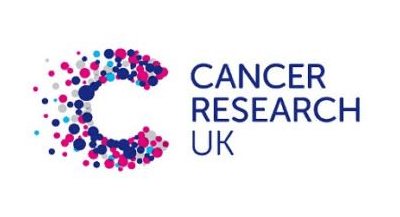

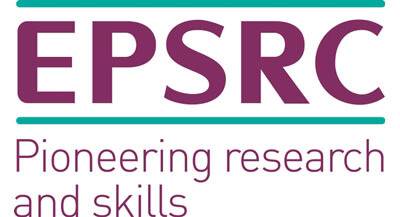

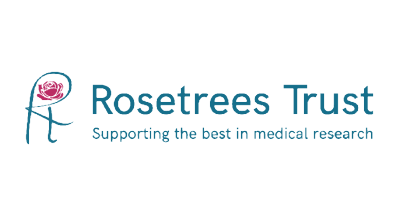
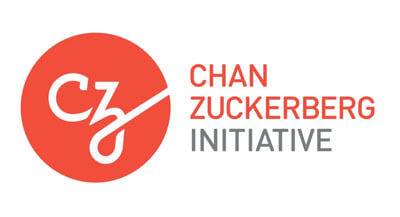
Contact details
Email: compmed@ucl.ac.uk
Twitter: @swalkersamuel
Postal Address:
Centre for Computational Medicine
Division of Medicine
Gower St
LONDON
WC1E 6BT
Visiting Address:
Centre for Computational Medicine
Division of Medicine
Ground floor, Rayne Building
5 University Street
LONDON, WC1E 6JF
 Close
Close









